SYSTEM SPOTLIGHT
LIQUID & POWDER pointers
Brush up on your understanding of L&P acrylic as REBECCA HITCHON quizzes experts on how to achieve optimal results with the system
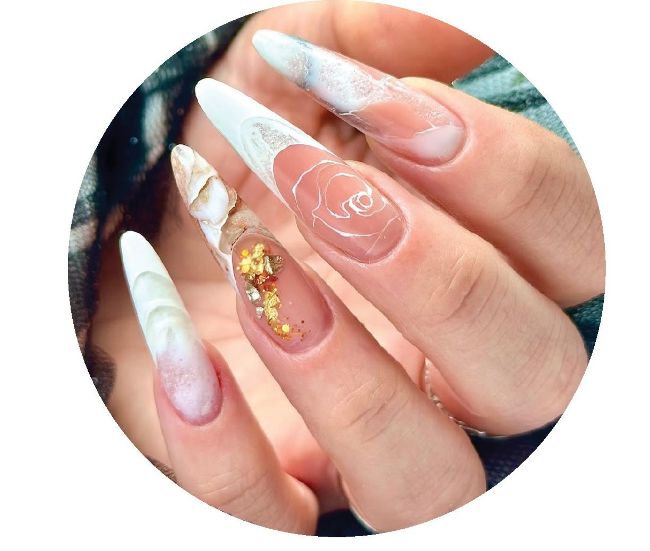
Nails by Scratch Stars L&P Tech of the Year finalist 2025, Justyna Pryke.
When asking nail experts about the benefits of the liquid & powder acrylic system, the word ‘versatile’ is commonly used. The process behind the system: combining liquid monomer and powder polymer, may be known for forming rigid nail enhancements, but it offers boundless creative possibilities.

Antony Buckley
“Nail industry progressions mean that the liquid & powder system no longer offers just hard nail coatings,” says Antony Buckley, European director of education at Gelish. “With added plasticisers, the system boasts extra flexibility for those that need it, improving wear and durability for a variety of clients. Any nail style can be created using L&P – the only limit is your imagination.”

Sara Pinto
“The control that the L&P system provides during its application allows techs to sculpt a wide variety of nail shapes – from classic square and almond, to advanced stiletto and ballerina,” adds Sara Pinto, nail product director at Andreia Professional. “It is also suited to creating detailed structures, 3D work and strong extensions, and once mastered, can be quicker to use than other systems.”

Kirsty McDonough
Kirsty McDonough, Scratch Stars L&P Tech of the Year 2024 & finalist for 2025, describes liquid & powder as providing ‘unparalleled creative freedom’. “Its ability to create styles ranging from natural-looking, low maintenance looks to intricate nail art designs makes it an excellent choice for salon and competition work,” she notes.
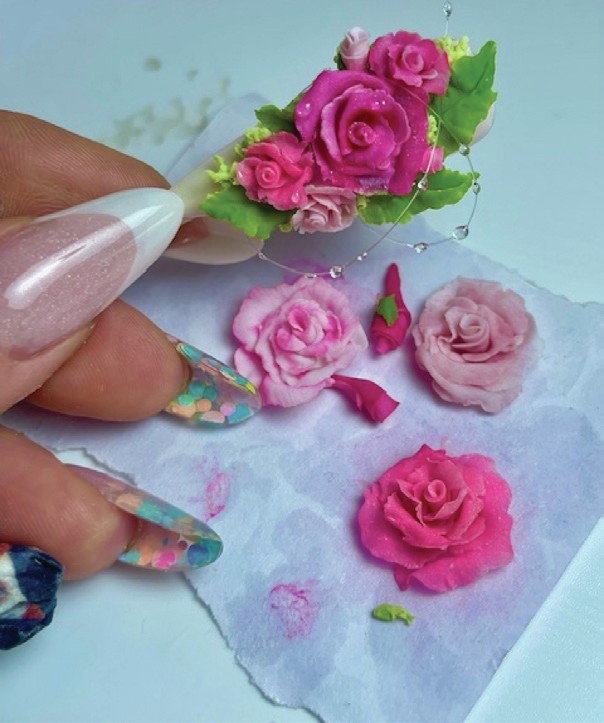
Justyna Pryke showcases 3D roses and leaves, created using the liquid & powder system.
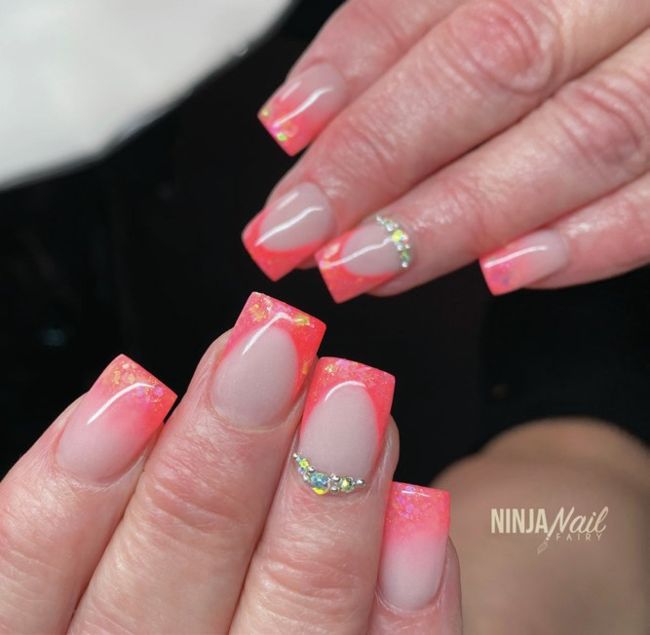
Scratch Stars Social Media Star of the Year
finalist 2025, Lorna Andrews,
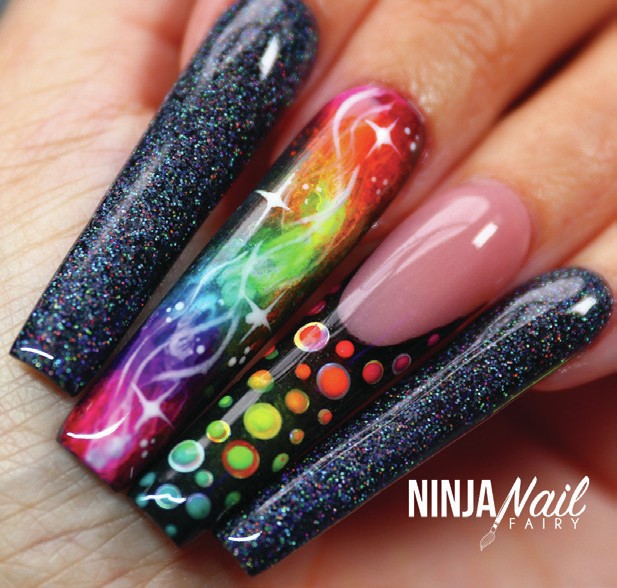
demonstrates how the L&P system can be used to create salon-style and elaborate designs.
Client files
“The L&P system can suit almost every client, and be a subtle and elegant way to add strength or colour to nails. However, determining if it is suitable requires a thorough consultation,” says Kylea Wherry, Scratch Stars L&P Tech of the Year finalist 2025 & Glitterbels educator. “That means talking, listening and advising based on a client’s lifestyle, natural nail health and personal preferences.”

Kylea Wherry
“For clients that seek durable, long-lasting and customised nail enhancements, perhaps because they don’t have time for frequent salon visits, L&P acrylic services are ideal,” shares Justyna Pryke, Scratch Stars L&P Tech of the Year finalist 2025. “The system is strong and chip-resistant, while its creative versatility is beneficial for fashion-forward clients.”

Justyna Pryke
“L&P acrylic’s durable, long-lasting qualities make it a suitable choice for individuals with naturally weak or brittle nails, as well as professionals whose jobs place significant stress on their hands,” adds Sara Pinto.
Prep
“Preparing nails for L&P acrylic application is key to long-lasting enhancements,” details Justyna Pryke. “Push back the cuticles, dehydrate the nail plate and ensure that no oil or moisture is left on the nails. Then, apply primer.”
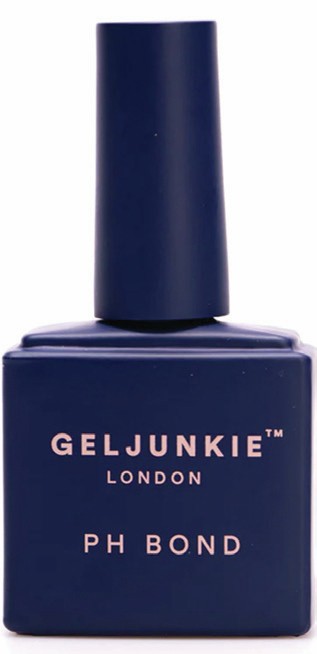
Gel Junkie PH Bond £9.95 inc VAT
www.geljunkie.co.uk
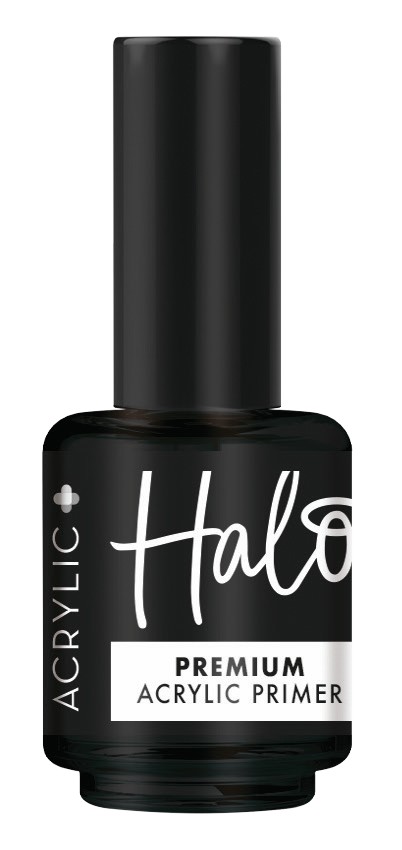
Halo Acrylic Plus Primer £9.40 + VAT
www.purenails.co.uk
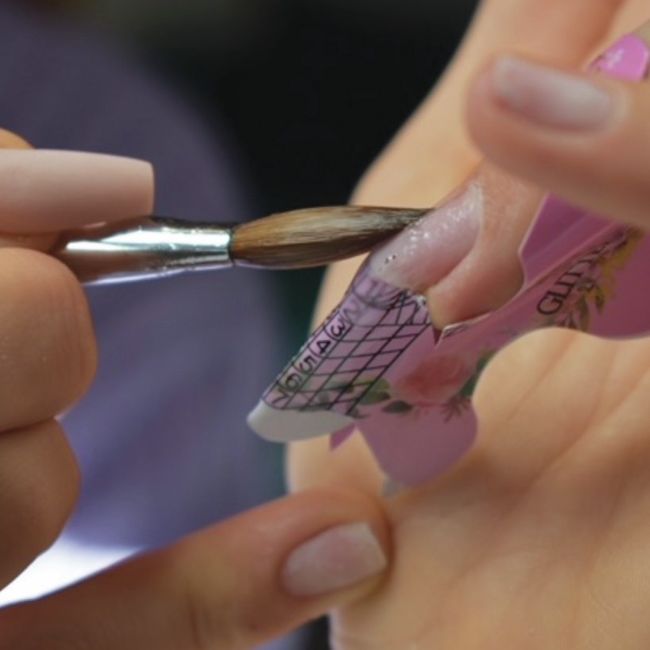
Liquid & powder application, demonstrated by Kylea Wherry using Glitterbels products.
Perfecting the ratio
“A good liquid & powder ratio is the foundation of strong, smooth and durable L&P acrylic nails,” says Justyna. “I advise dipping your brush into the monomer and wiping one side gently on a dappen dish, so it is fully saturated but not dripping. Gently touch the brush in the powder and let it naturally form a bead. The perfect bead will be smooth, slightly glossy and dome-shaped, holding its shape while being pliable. If a bead is too wet, it will be shiny, flat and runny, therefore hard to control. If it’s too dry, it will be grainy, chalky and won’t stick to the nail.”
Justyna recommends counting to three before placing an acrylic bead on the nail, to allow it to start polymerising (hardening), which allows for improved control. Kylea Wherry also stresses the importance of understanding the polymerisation process, stating: “Control and confidence happens when you understand how an acrylic bead sets and behaves before it touches the nail.”
“Practice L&P acrylic application to find a process that works for you,” suggests Lorna Andrews, Scratch Stars Social Media Star of the Year finalist 2025, L&P specialist & owner of the Glitter Planet brand. “Some nail techs like to work with large beads and others prefer using small beads, but as long as the ratio is correct, work how you feel comfortable. Bead practice sheets can be printed out and laminated, offering a template on which to work on bead creation and pickup.”
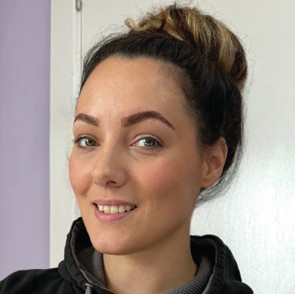
Lorna Andrews

Scan here to download Lorna’s bead practice sheet, which is free to
Scratch
readers.
Brush guide
“One of the most overlooked L&P tools is the brush, as understanding how to properly use it can transform your work,” shares Kylea Wherry. “Think about your brush as having three key zones:
• The sides: These are your tailoring tools. They help guide and move product where you want it.
• The belly: This stretches product down the nail with ease and control.
• The tip: This is essential, especially if you’re struggling with lumpy cuticle areas or beads not sitting flush to the nails. You wouldn’t tuck the sheets of your bed in using the palm of your hand; you’d tilt your fingers to neatly tuck, and the tip of your brush has the same role. If you pat product without using the tip, it’ll go flat.”
“A high-quality brush will stay soft and smooth, but remain firm when you need to press product using it,” notes Antony Buckley.
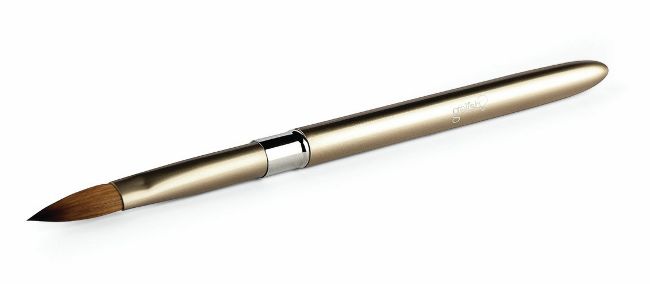
Gelish Master Pro-9 Sculpting Brush (2pc) £42.99 + VAT
www.gelishmorgantaylor.co.uk
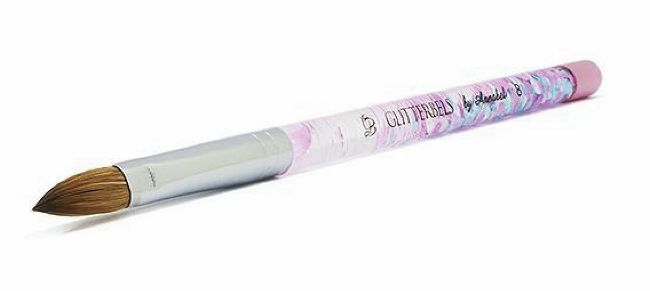
Glitterbels Pinched Pastel Glitter Acrylic Brush in Size 8 £27.99 inc VAT
www.glitterbels.com
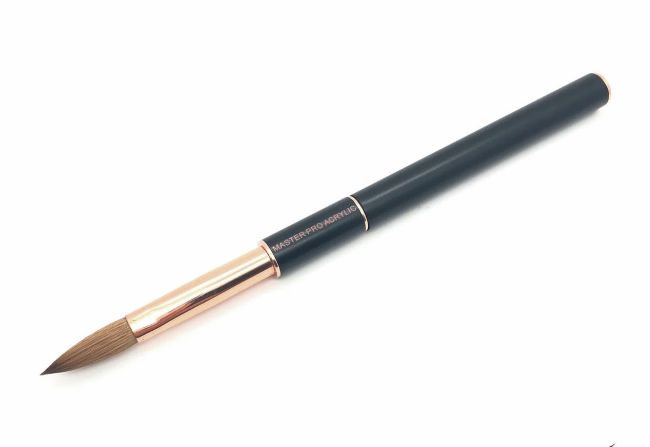
HD Professional Nail Systems Master Pro Acrylic Brush #10 £53.99 + VAT
www.hazeldixonnails.com “The perfect L&P acrylic bead will be smooth, slightly glossy and dome-shaped, holding its shape while being pliable.”
Sculpting
“Sculpt with your acrylic brush – not your file,” says Antony Buckley. “Don’t overbuild the nail to try add strength, as this will only make finish filing more difficult. The strength of a liquid & power nail comes from building the correct structure at the correct thickness.”
Justyna Pryke adds: “Ensure you build a strong apex, to provide the nail with strength and balance. The apex should be highest just behind the stress point.”
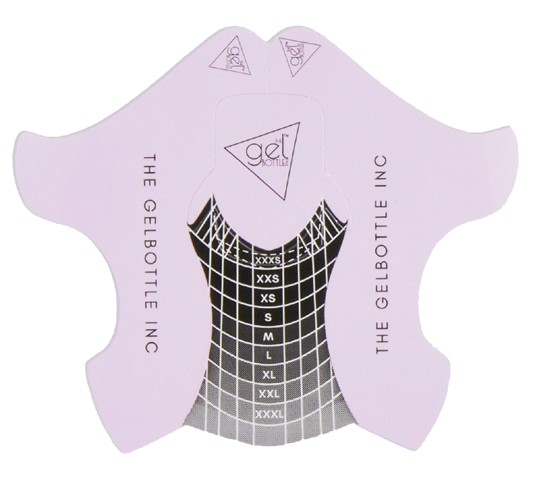
The GelBottle Inc Nail Forms £22 + VAT
www.thegelbottle.com
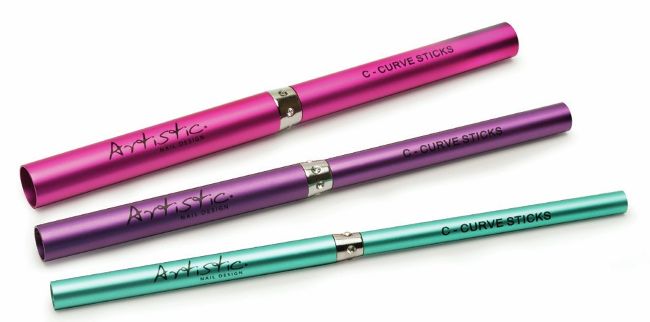
Artistic C-Curve Sticks £13.95 + VAT
www.sweetsquared.com
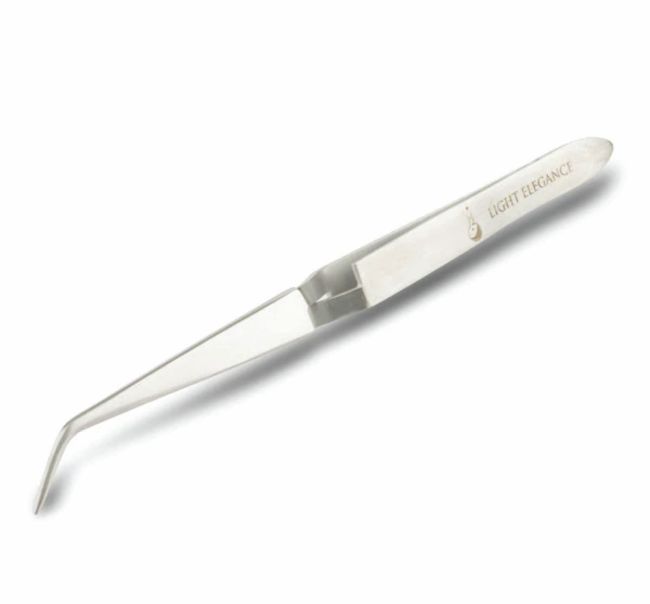
Light Elegance LEpro C Curve Pincher £10.95 + VAT
www.lightelegance.co.uk Kit considerations
“An L&P tech’s toolkit should include a high-quality monomer and polymer system, a dappen dish to safely store monomer during appointments, buffers and files in various grits, lint-free wipes and a dust brush,” says Sara Pinto.
“Ensure you own a wide selection of sculpting powders, from clear, cover pink and white to colour powders for nail art designs,” adds Antony Buckley.
Removal recommendations
“When removing L&P enhancements, debulk the nails by around 90% before soaking with acetone,” shares Antony Buckley. “Don’t rush the soaking process – I advise waiting 15 to 20 minutes before starting to remove the softened product. Do this one nail at a time, as trying to remove product off all five or 10 fingers at once will result in the product rehardening. If you still have a small amount of product remaining on a nail, re-wrap in foil for another five minutes.”
“If you’re not E-file trained, add it to your continuing professional development (CPD) goals for 2025, as it’s a game changer for efficiently and safely debulking acrylic,” says Kylea Wherry. “It will also reduce strain on your wrists caused by manual filing.”
Justyna Pryke says: “Never force product off during the removal process, as this will damage the natural nail. Patience is key! As acetone dehydrates the nails and skin, apply cuticle oil after the product has been removed.”
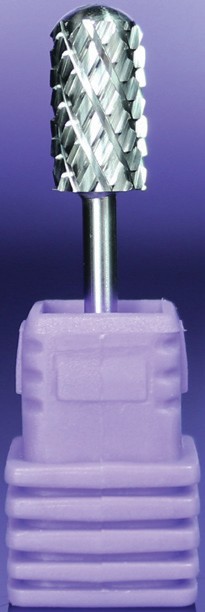
Glitter Planet Nail Mate 4XC Large Barrel Smooth Top Removal Bit (Left & Right Handed) £24 inc VAT
www.glitterplanetuk.com
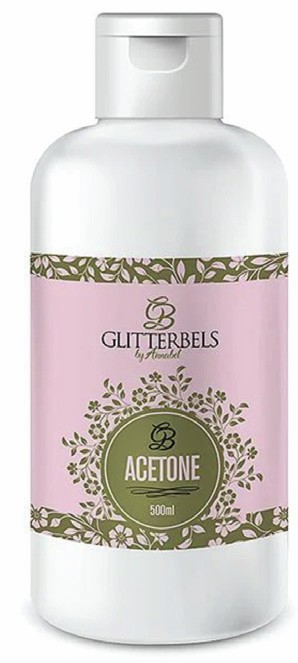
Glitterbels Acetone (500ml) £5.50 inc VAT
www.glitterbels.com
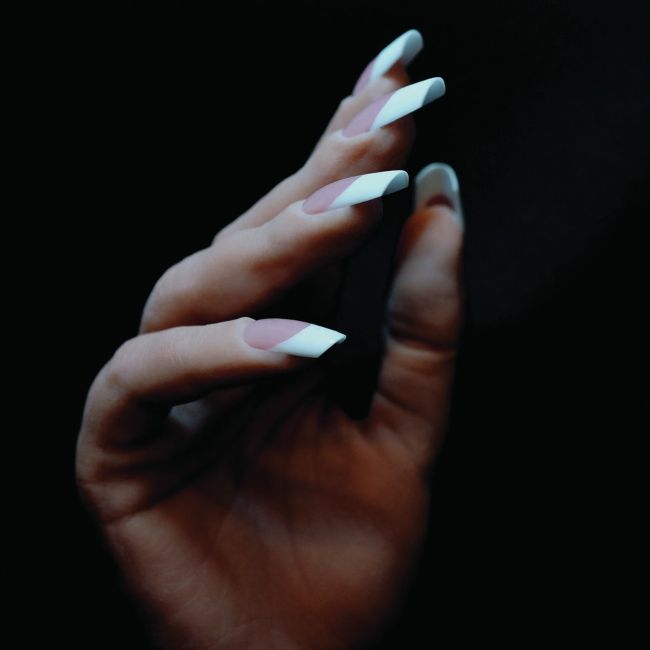
Nails by Antony Buckley.
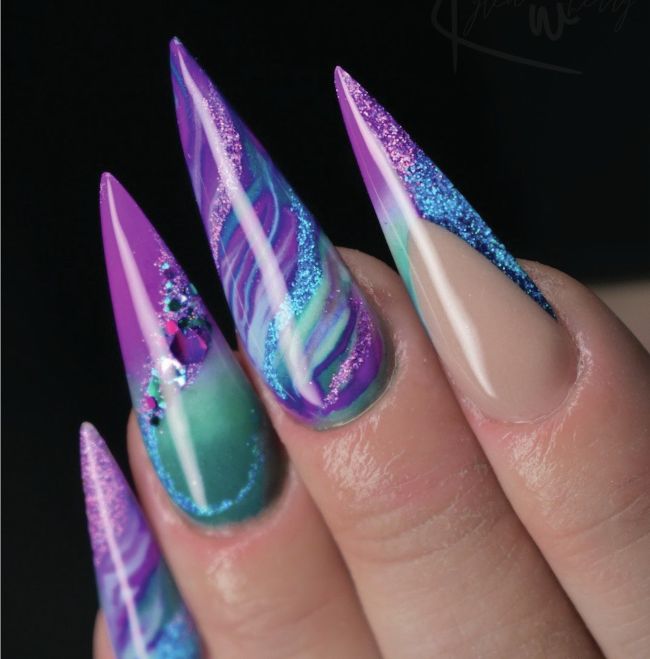
Nails by Kylea Wherry.
Troubleshooting tips
Learn about the causes of and fixes for common L&P issues...
Product not applying smoothly
“Cured product in your brush, usually as a result of working with an acrylic bead that is too wet or not pressing and smoothing product correctly, can impact application,” notes Antony Buckley. “To avoid this, clean your brush in monomer thoroughly after each use, never allowing product to harden in it,” says Justyna Pryke.
Incorrect setting times
“If product is taking too long to polymerise, your L&P ratio may be too wet or the room temperature may be too cold. If it is setting too quickly, the room might be too warm,” shares Antony Buckley. “If the latter is the case, your L&P ratio can be slightly wetter, to provide a longer working time, or you could opt for a slower setting liquid.”

Halo Acrylic Plus Liquid in Medium Speed Setting from £11.45 + VAT
www.purenails.co.uk

Cuccio Revolution Acrylic Liquid (Slow Set) from £8.99 + VAT
www.cuccio.co.uk
Lifting
“When product separates from the nail, this is often caused by poor prep or product touching the skin,” reveals Sara Pinto. “To avoid this, ensure you thoroughly prep the nails and remove oil and moisture from the nail plate, and apply product carefully.”
Air bubbles
“These can occur as a result of using an acrylic bead that is too wet, working too quickly or overworking product, which pushes air into the bead,” details Antony Buckley. “Always let a bead settle and begin to firm, before methodically pressing and smoothing it into place.”
Stress fractures and cracking
“This is generally caused by an L&P ratio that is too wet, not building the nail structure correctly, finish filing excessively or using a file that is coarse,” says Antony Buckley. “Practice building your nail structures and filing with less pressure.”
Yellowing
“A contaminated monomer or brush, as well as UV exposure or overheating, can cause discolouration of enhancements,” notes Justyna Pryke. “Store L&P products away from direct sunlight and heat, and clean your acrylic brush thoroughly using monomer.” Antony Buckley adds: “Always use fresh liquid for each client.”
Temperature talk
“Temperature is a key factor in the performance of the L&P system, as it directly influences the setting time of product,” says Sara Pinto. “In warmer environments, acrylic polymerises quicker, whereas in cooler conditions, polymerisation slows down. Andreia Professional offers slow-drying and fast-drying liquids, to help techs manage this variability and ensure control and optimal results in any working environment.”
TOP TIPS:
• “In warm temperatures, using a higher liquid ratio can slow down polymerisation,” notes Kirsty McDonough. “In cold temperatures, allowing acrylic beads to sit on your brush for 30 to 60 seconds, before applying to the nail, can provide you with more control.
• “In a hot workspace, I recommend placing your dappen dish into a bowl of ice to keep the monomer cool,” shares Lorna Andrews.
• “In a cold environment, I advise creating slightly drier acrylic beads and warming your monomer dish with a towel wrap,” says Justyna Pryke.
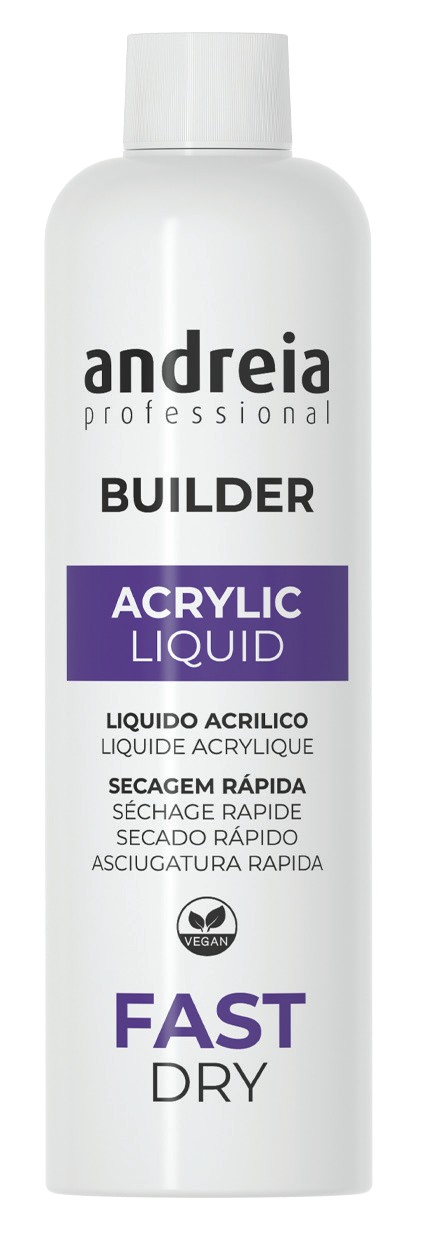
Andreia Professional Acrylic Liquid in Slow Dry & Fast Dry £16.99 + VAT each
www.salon-services.comwww.andreiaprofessional.com
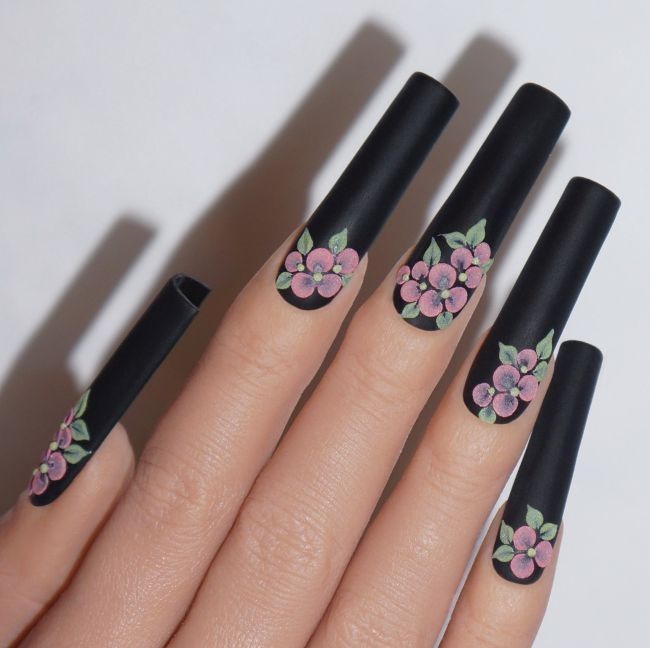
Nails by Antony Buckley.
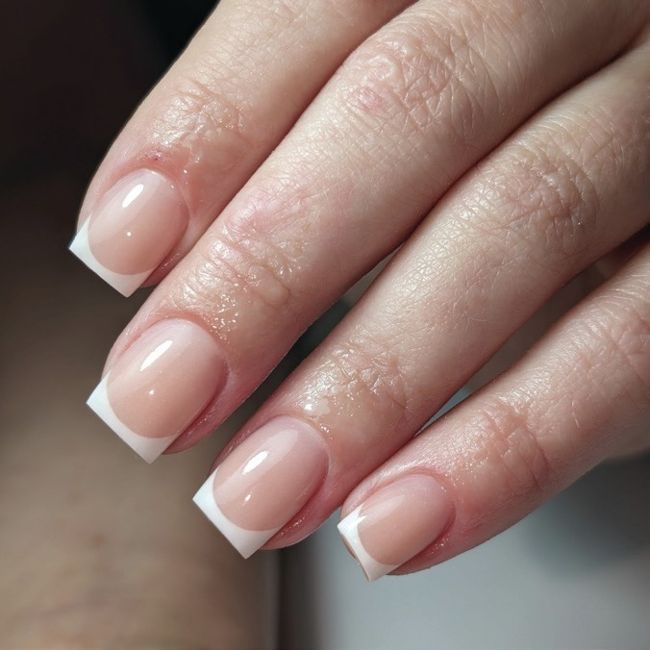
Nails by Kirsty McDonough.
Exclusive discount!
Lorna Andrews is offering
Scratch
readers 30% off her Nail Mate acrylic system with code SCRATCH30 until 31 August. Scan to redeem via www.glitterplanetuk.com
“The system is strong and chip-resistant, while its creative versatility is beneficial for fashion-forward clients.”
A comfortable climate
Using the L&P system creates strong odours and fine dust particles: both of which must be managed in order to create a professional environment, and one that is safe and comfortable for you and your clients.
“To avoid strong odours, opt for a low odour liquid & powder system,” advises Antony Buckley. “However, also be practical with the way you use your monomer. Don’t work with acrylic beads that are too wet, or repeatedly wipe your brush onto a paper towel, and only decant monomer when you need to work with it. Either discard the liquid as soon as you have finished with it, or use a dappen dish with a lid to contain odours and vapours.”
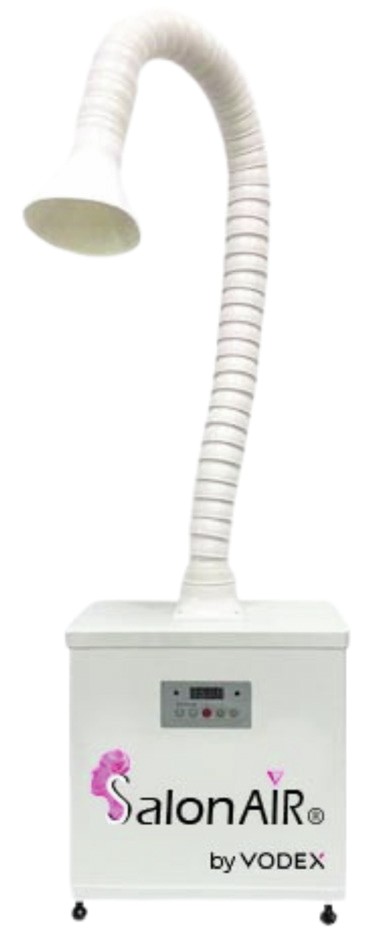
VODEX SalonAIR® 1001 £POA
www.vodex.co.uk
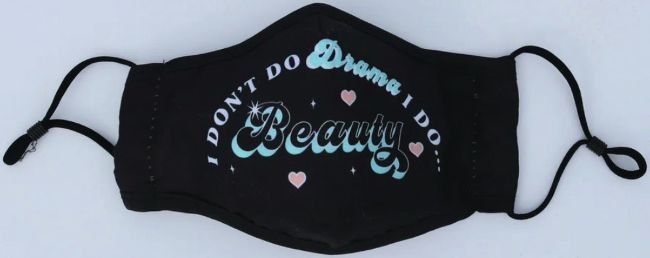
Nail Order Face Mask in No Drama Beauty Black £6 + VAT
www.nailorder.co.uk Lorna Andrews adds: “Dispose of paper towels that product has been wiped onto as soon as possible, putting these into a bin with a lid. Also remember to open a window to ventilate the workspace.”
“Use a dust extractor to capture dust and fumes at their sources, and give clients the option of a face mask,” recommends Kirsty McDonough.
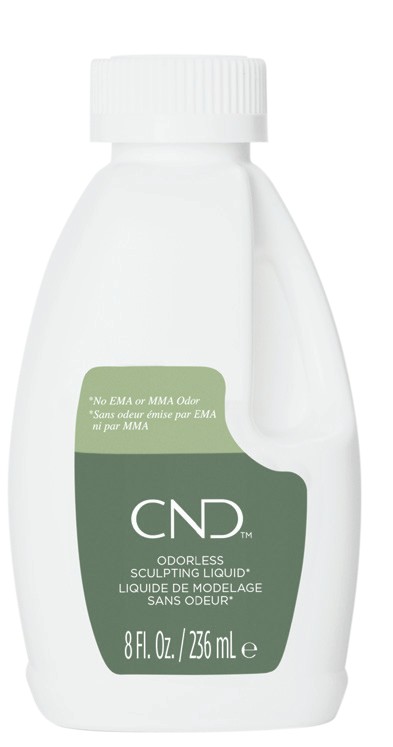
CND™ Odorless Sculpting Liquid from £11.95 + VAT
www.sweetsquared.com

Cuccio Odorless Acrylic Liquid £10.99 + VAT
www.cuccio.co.uk “Any nail style can be created using L&P – the only limit is your imagination.”
“Also, regularly check in with clients to ensure their comfort throughout appointments.” To minimise dust, Antony Buckley offers a top tip: “Make sure you sculpt product with your acrylic brush – not your file. If you don’t need to file off product to create the perfect shape, you won’t create extra dust.”